I woke up feeling a little bit more Norwegian today. Almost as if I had woken up wearing a pair of skis. It’s that kind of a feeling. A rush, a flutter of excitement, a step closer to my fellow nordman. And all because of lefse. Yes, that laborious, understated flatbread that easily reigns as Norway’s national bread.
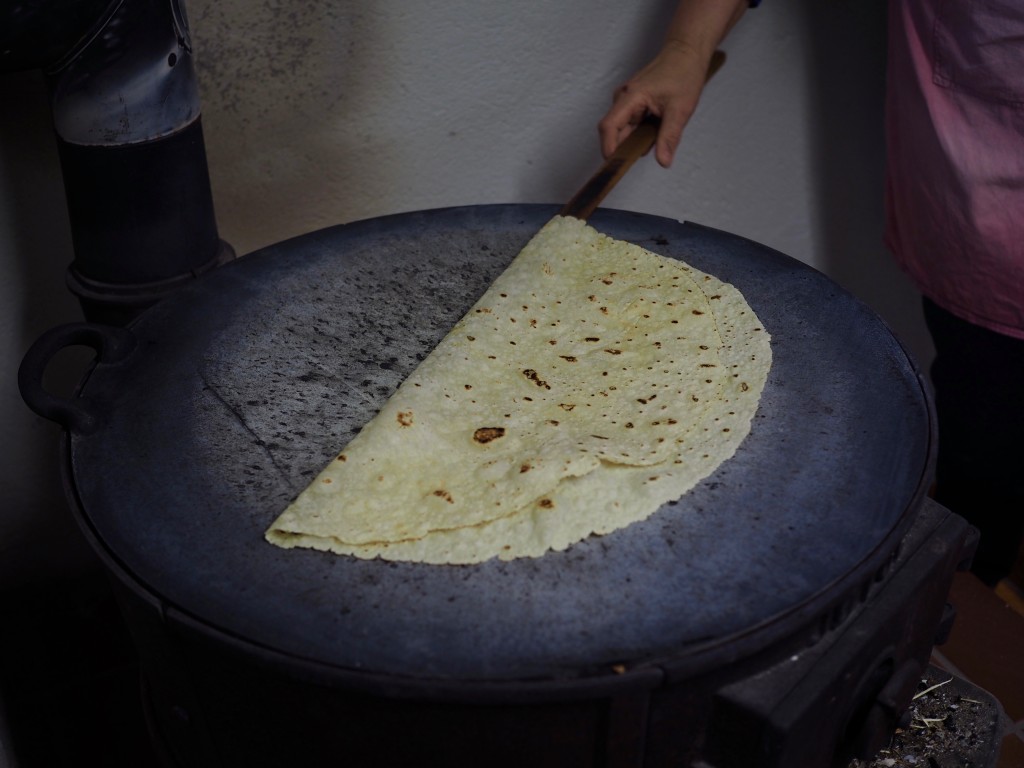
I had the pleasure of spending the afternoon watching lefse being shaped and stretched and then cooked over a traditional stove. Lefse is by all measures Norwegian. There are recipes dating back to the 1600s. And the plethora of recipes vary from district to district and neighbor to neighbor. Some are made with potato, others only flour. Some have eggs, some have sour cream. They can be thick or thin, and made savory or sweet. Some are as dry as a cracker, stored and then revived with a dip of water and some patience. Lefse is everywhere and you simply cannot be in Norway without trying some version of it. And while the traditional methods of making lefse are few and far in between, there are still those who live by the old ways and will never depart them.
One such person is the lovely Grethe, who owns and runs Mollas Bakeri in Rollag, Norway. She will tell you that the secret to lefse is not in the recipe, but rather in the way it is cooked. For twenty three years, Gretha has been using the traditional takke (griddle), heated from a wooden fire in its belly, to cook the lefse dough. The hot iron plate gives her lefse those distinct brown spots and earthy taste. And she is only one of three people in the surrounding area who continue to make lefse in this way.
Her lefse is known as kling around Norway, although Grethe will refer to is as just lefse. Kling refers to the practice of klining, which means to spread a layer of butter and sugar between two pieces of lefse. Kling is a perfect, simple treat and often served alongside a cup of coffee and a conversation among friends.
Grethe was taught to make lefse by her mother-in-law, who undoubtedly was taught by her mother and her mother taught by her mother and so on and so on. The art of baking delicate lefse was a title of honor back in the days – although if you see how much work goes into making a single lefse from dough until kling, you’ll agree the title should remain today. And the women who were craft specialists in the rural community would be called bakstekjerring. I’ll leave the translation to you. But believe me, it’s a term of endearment.
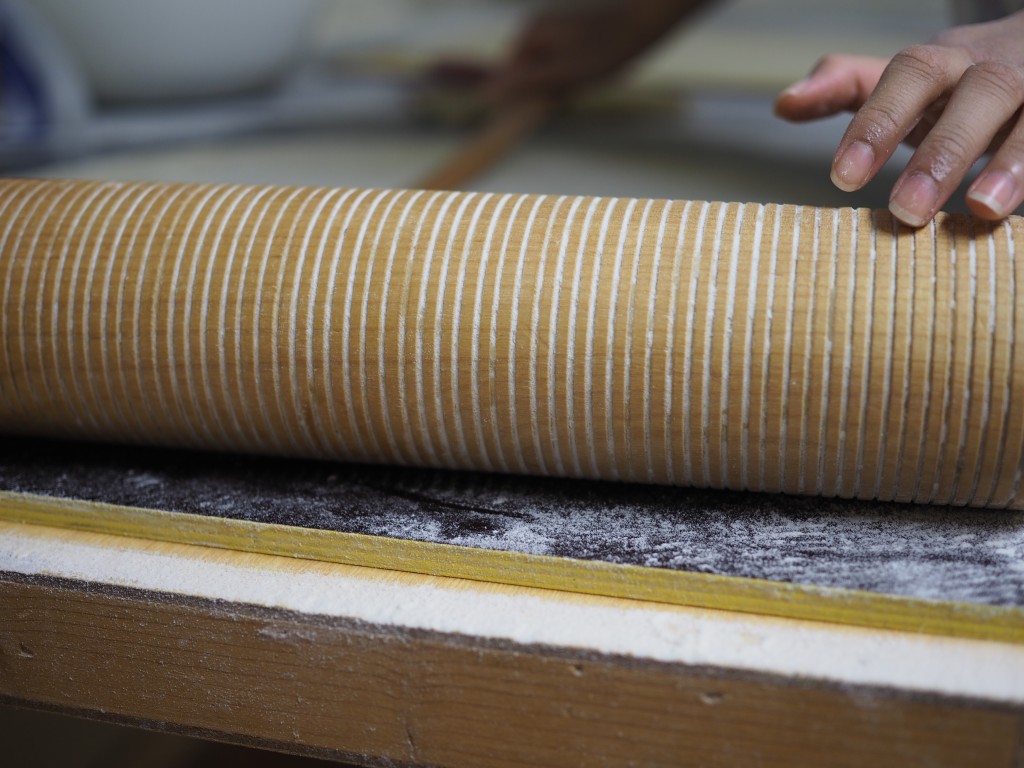
Grethe is passing on her knowledge to Sirinya, her beautiful and quiet-spoken granddaughter. Sirinya is learning fast. Really fast. And can roll out one mean lefse. It’s young people like her that are helping to keep these important traditions alive. Their desire for this knowledge is invaluable and they deserve the utmost respect for taking an interest in a day and age when technology and social media consume an overwhelming amount of our time and activities.
Their days are spent making around 100 lefse by hand per session, sometimes 150-200 on really busy days. And the period before Christmas is their busiest time, when the demand for lefse goes up exponentially. Of course, you’ll find other products from Mollas’ Bakeri, such as lompe (potato lefse), flatbread & snipp (traditional cookies). And while the bakery is Grethe’s passion, she only works a few days a week. For her, the bakery is not about money but rather keeping the old traditions alive and providing quality products made with care and love to share with her community.
I’m incredibly grateful to Grethe and Sirinya for sharing their afternoon with me. As I held my camera and stumbled around to catch their handiwork, they moved around me effortlessly like a synchronised dance, which only experienced bakers can do. Tussen takk ♥
→Click here for Grethe’s Lefse recipe ←
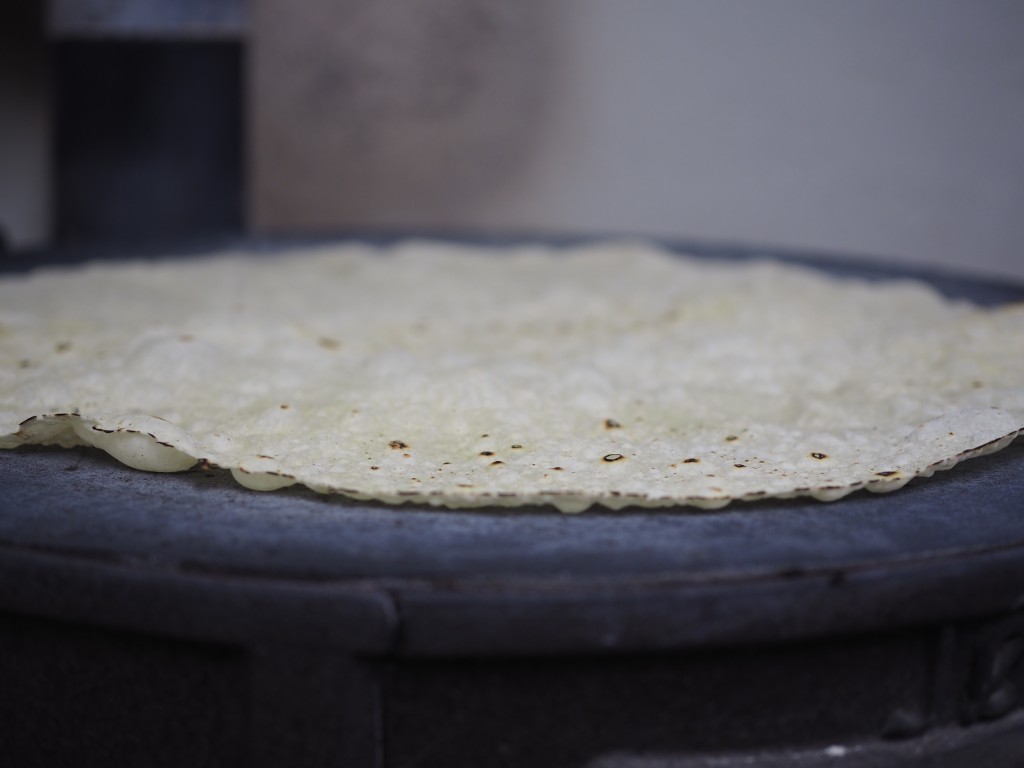
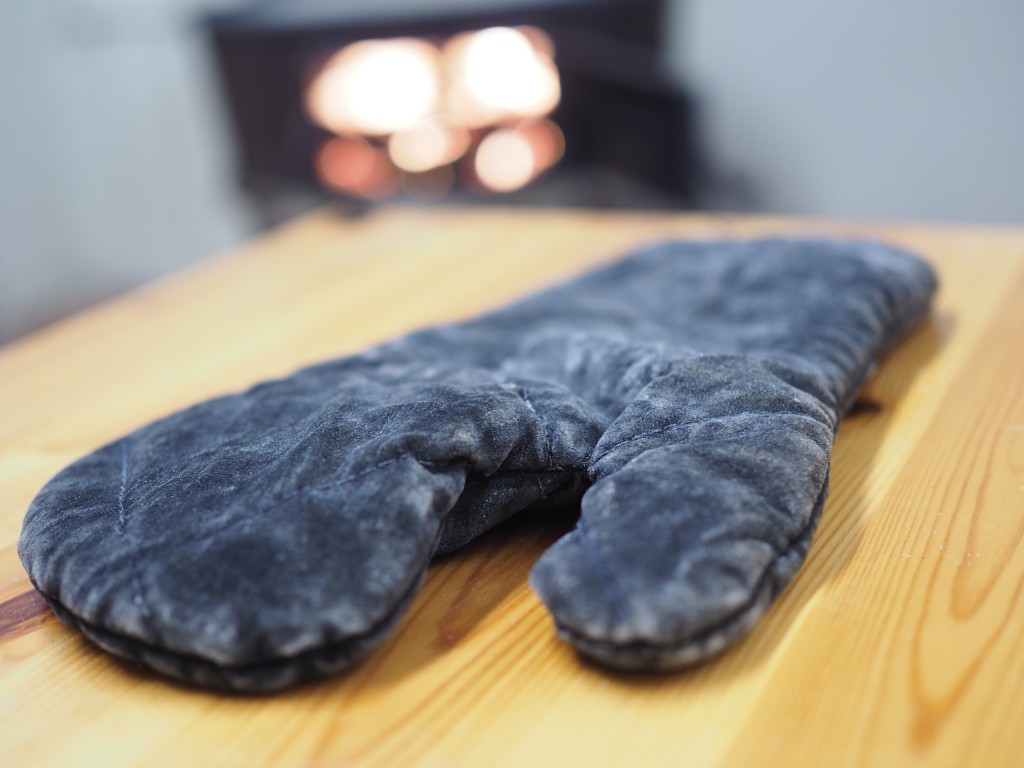

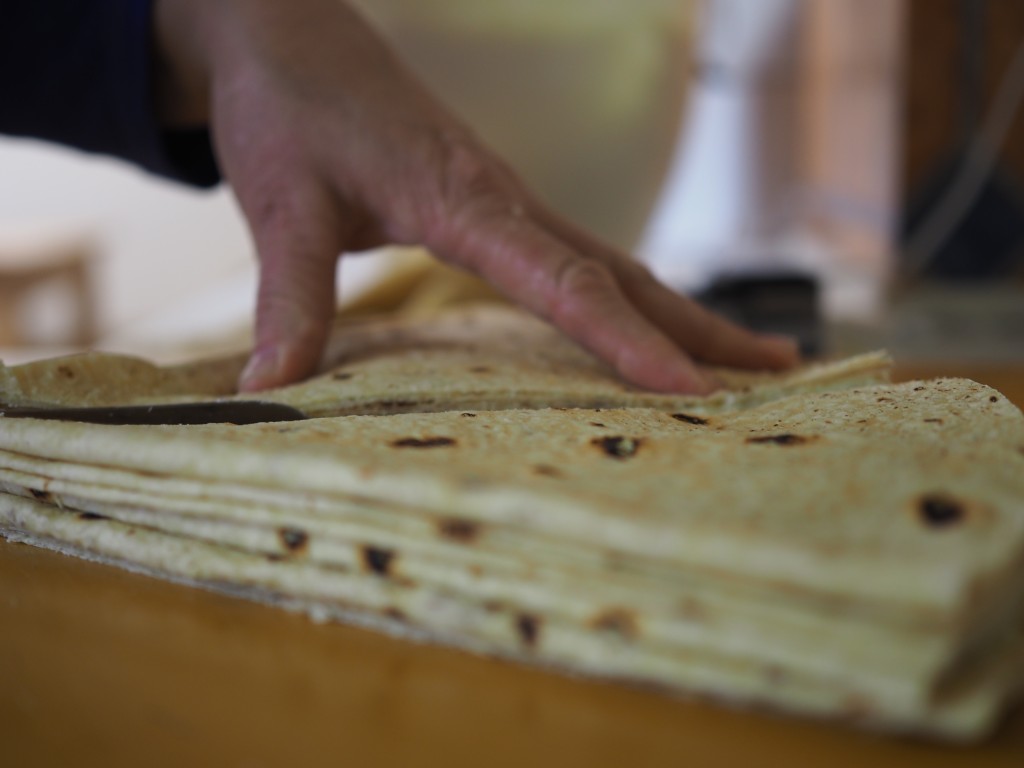
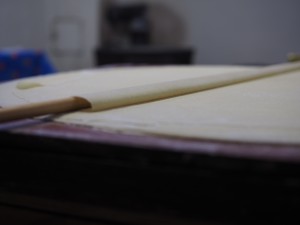
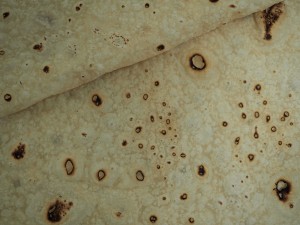
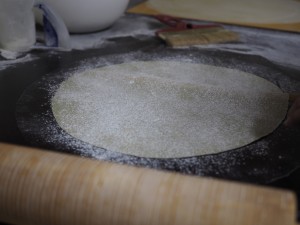
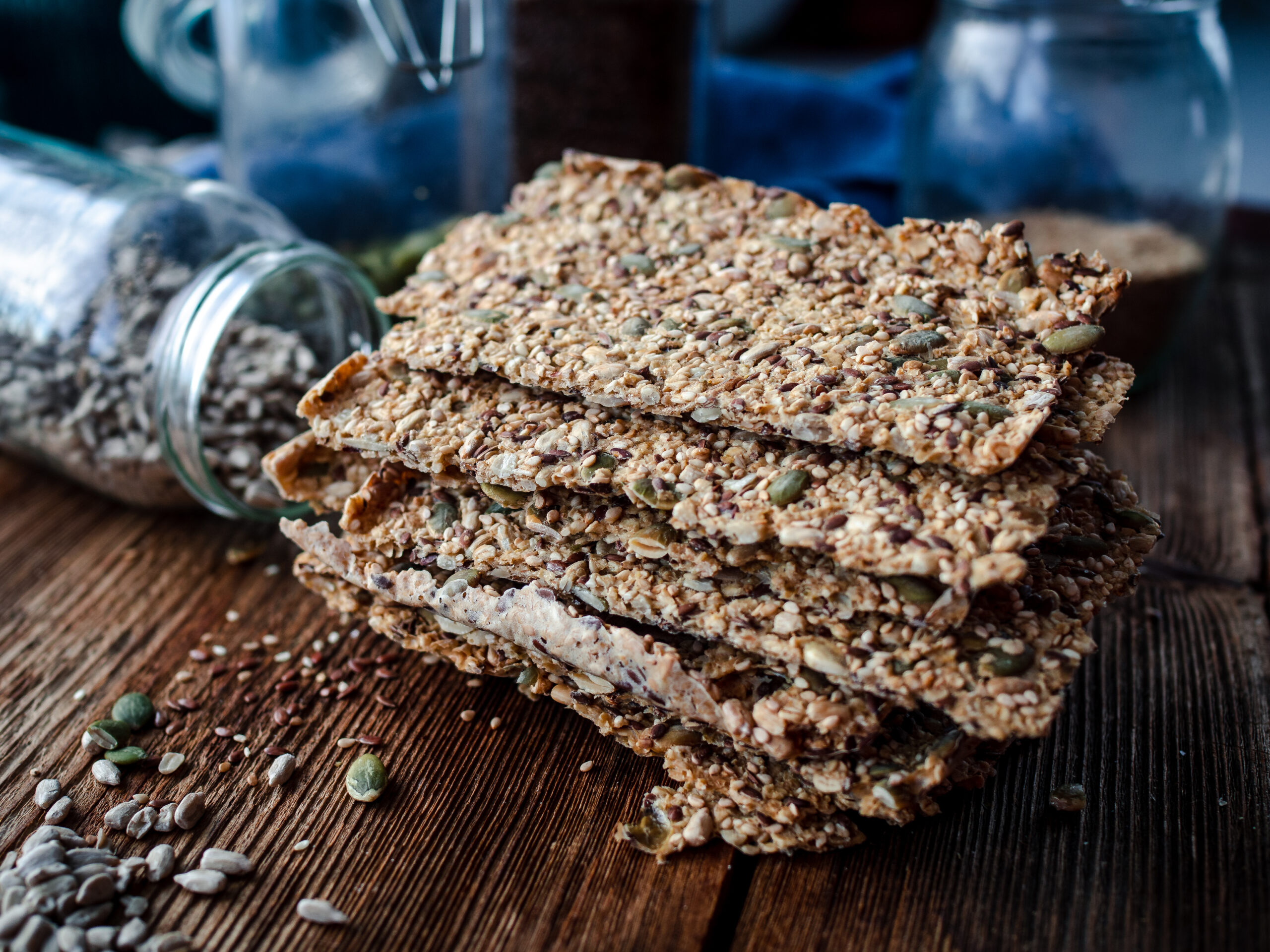
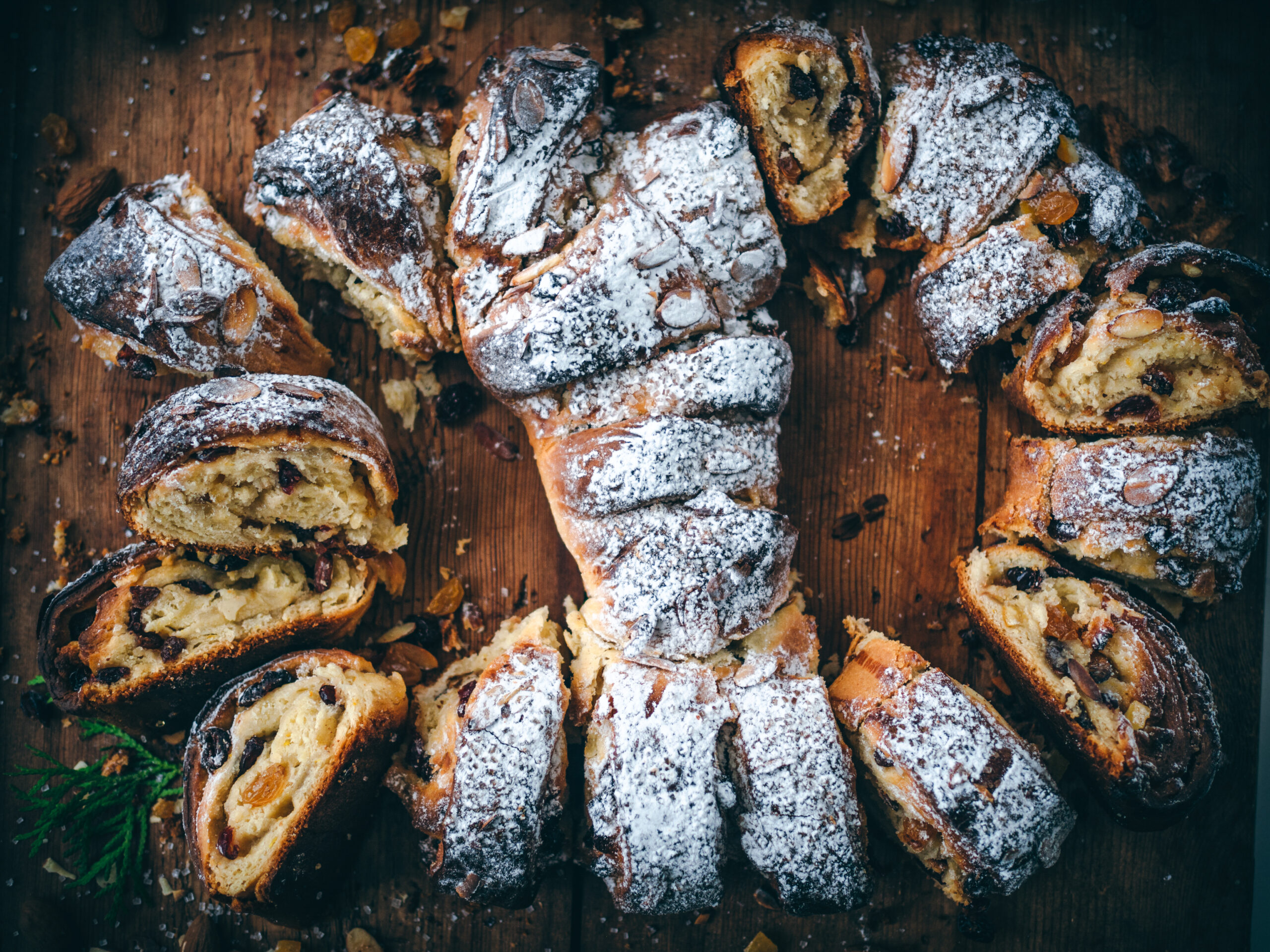
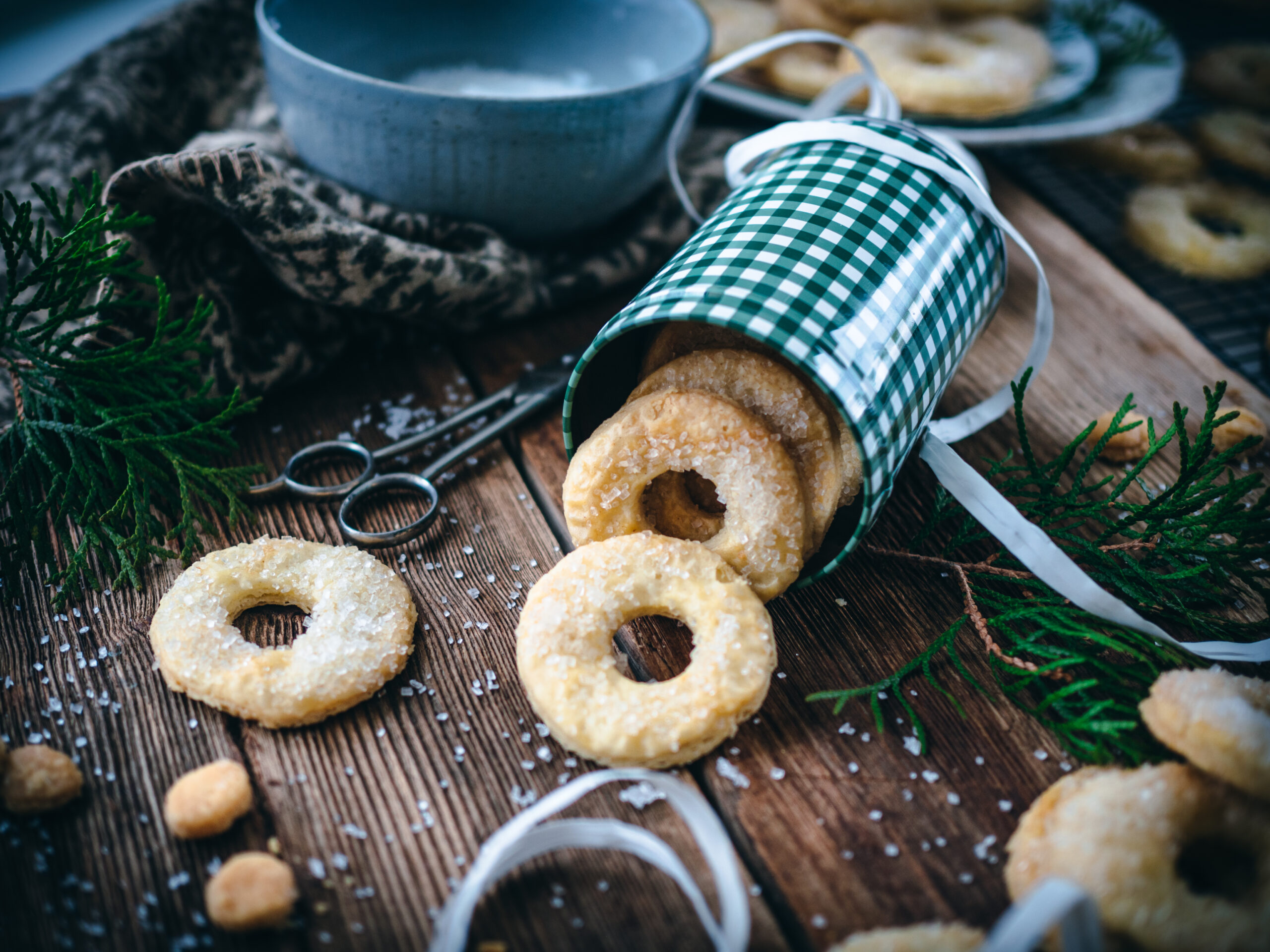
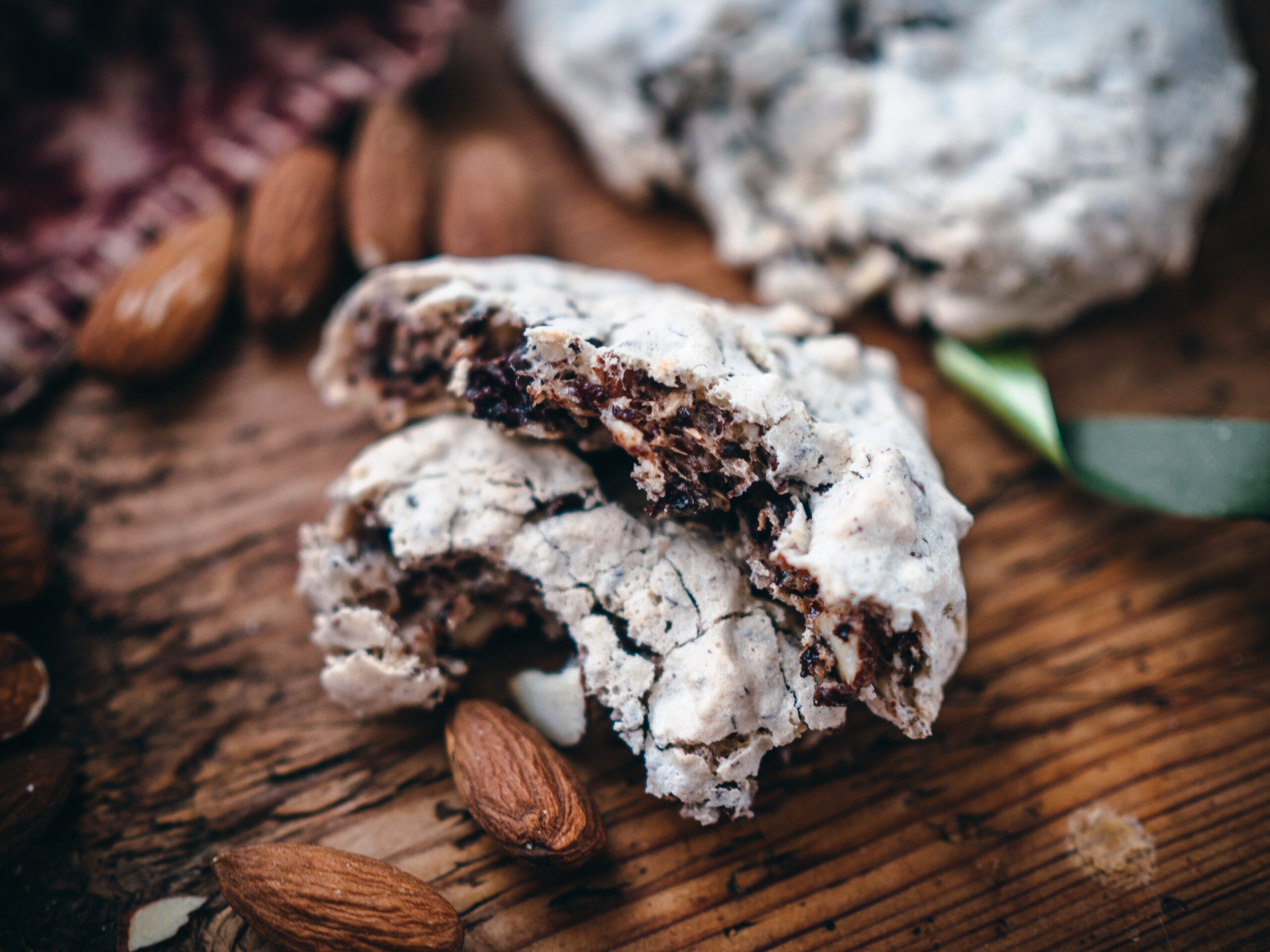

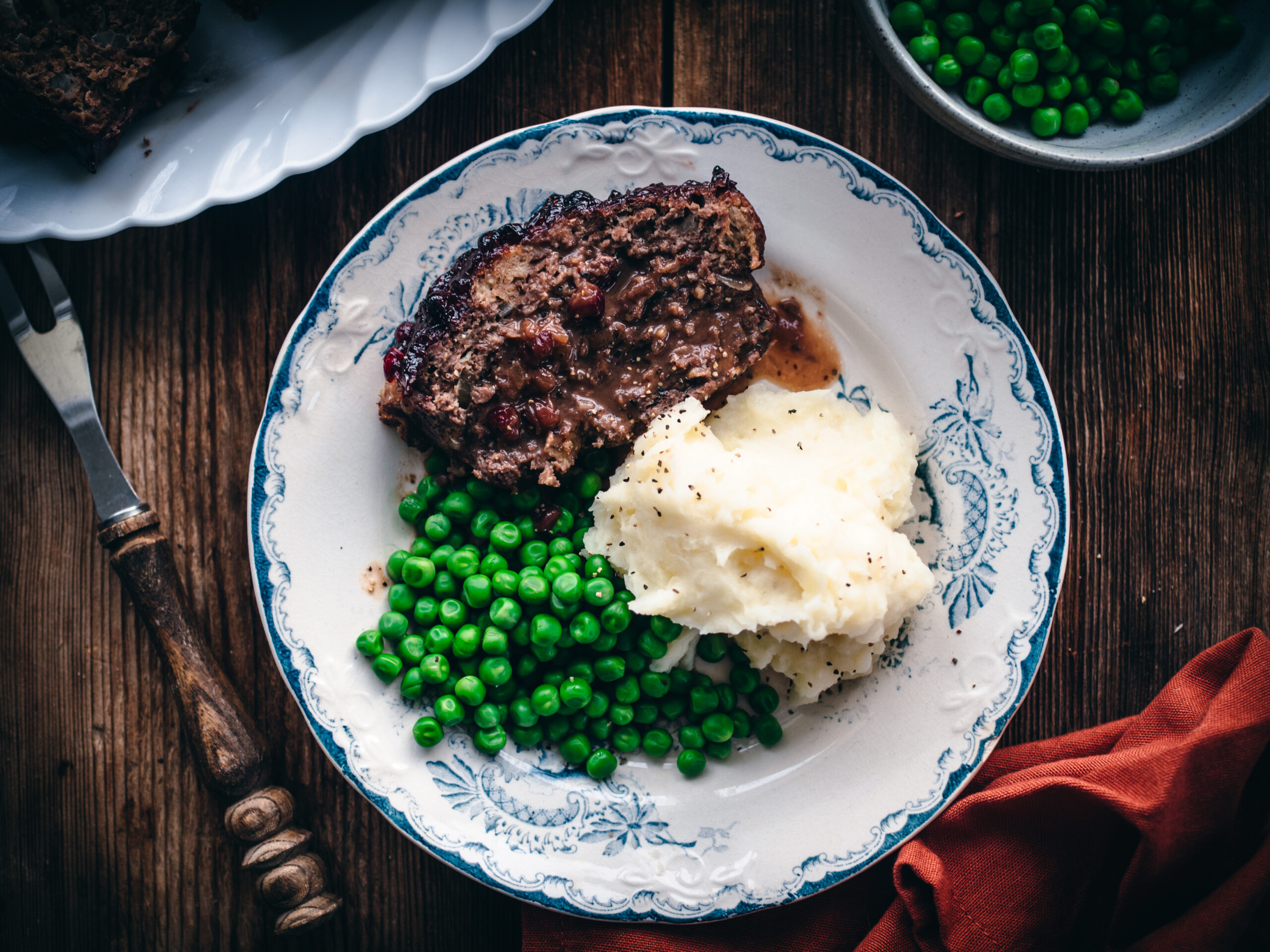
My dad’s people from Norway they settled in South Dakota in the 18 hundreds
Thanks for sharing, Debbie! I imagine there must be many interesting stories about their immigration to the US 🙂
Can we buy some
Currently, baked goods from Mollas Bakeri are only available in Norway. Hopefully the recipe will suffice in the meantime 🙂
What a great article, I’d sure like to try a grill like that.
Thank you Franklin! Using a wood-fired stove is really fun and very effective 🙂
I really enjoyed that. I grew up watching my Grandma and Grandpa make LEFSE on a wood stove. They sold them for spending money, but we always got the ones that might tear. We always had some for Thanksgiving and Christmas. I grew up in Decorah Iowa where they still hold a Nordic Fest every year.
Thanks for sharing Brenda! Such wonderful memories…sometimes the torn ones are the best! Were you able to learn how to make their lefse?
Will be joining our church ladies in a few weeks…lefse for the cookie walk. I’ll have to see if I have the steam to also make it at home for my family….I love making it…hate the clean up. Butter and brown sugar for me.
I always say grab an extra hand or two to help in the kitchen. More fun and less work 😉